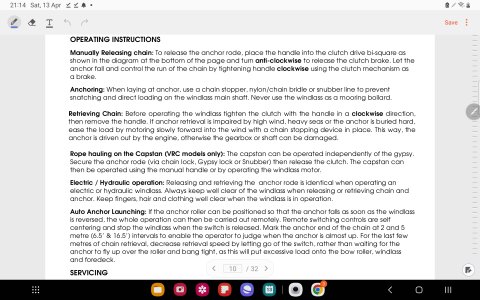rogerthebodger
Well-Known Member
And a reservoir that will also enable the oil to cool should you leave it circulating .........
Yes of course or a heat exchanger which could be water pipes through the oil tank/reservoir
The switch that operated the hydraulic valve could also drive the electric motor of a clutch if the pump is engine driven.
Many ways of driving and operation setup

